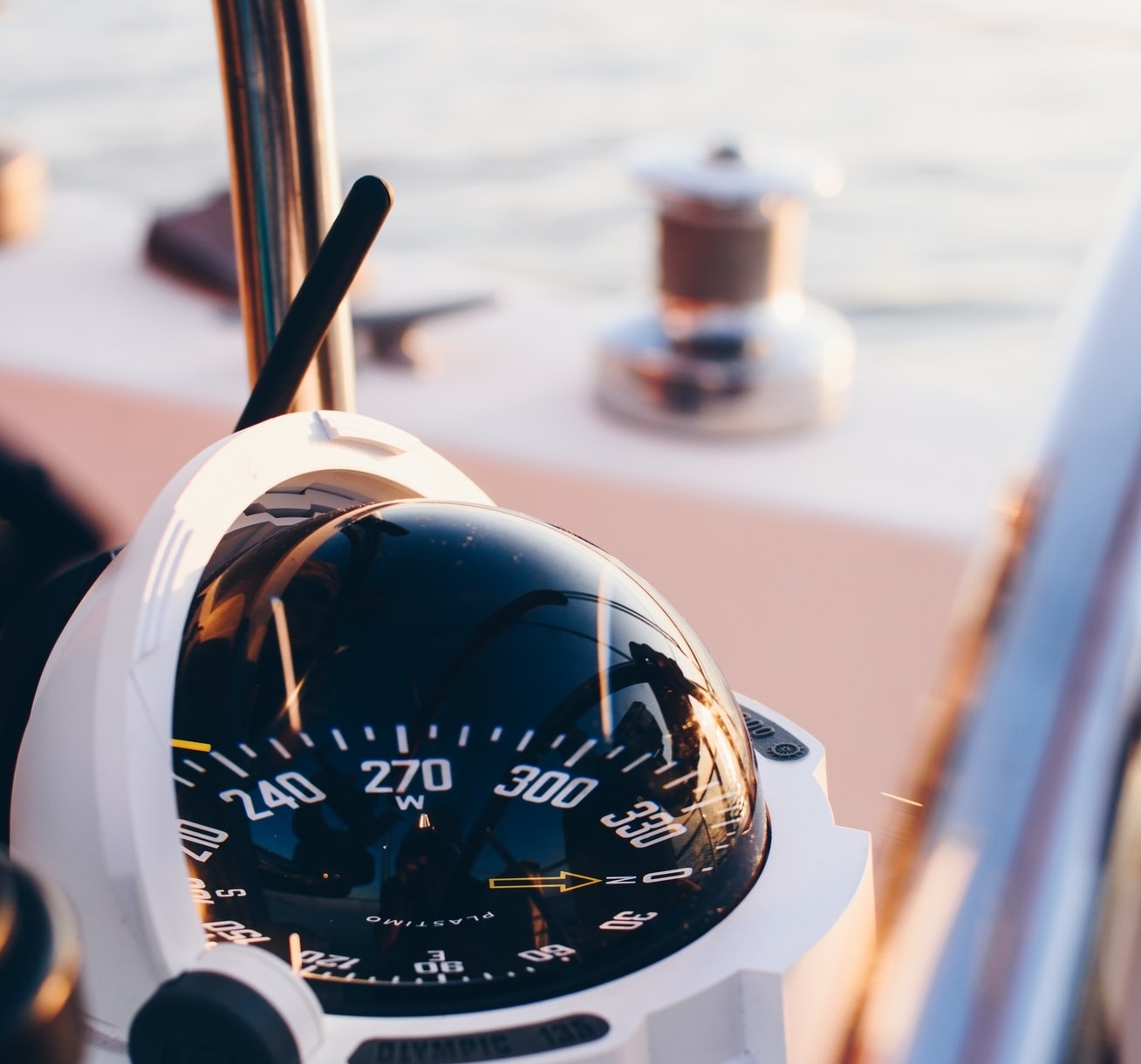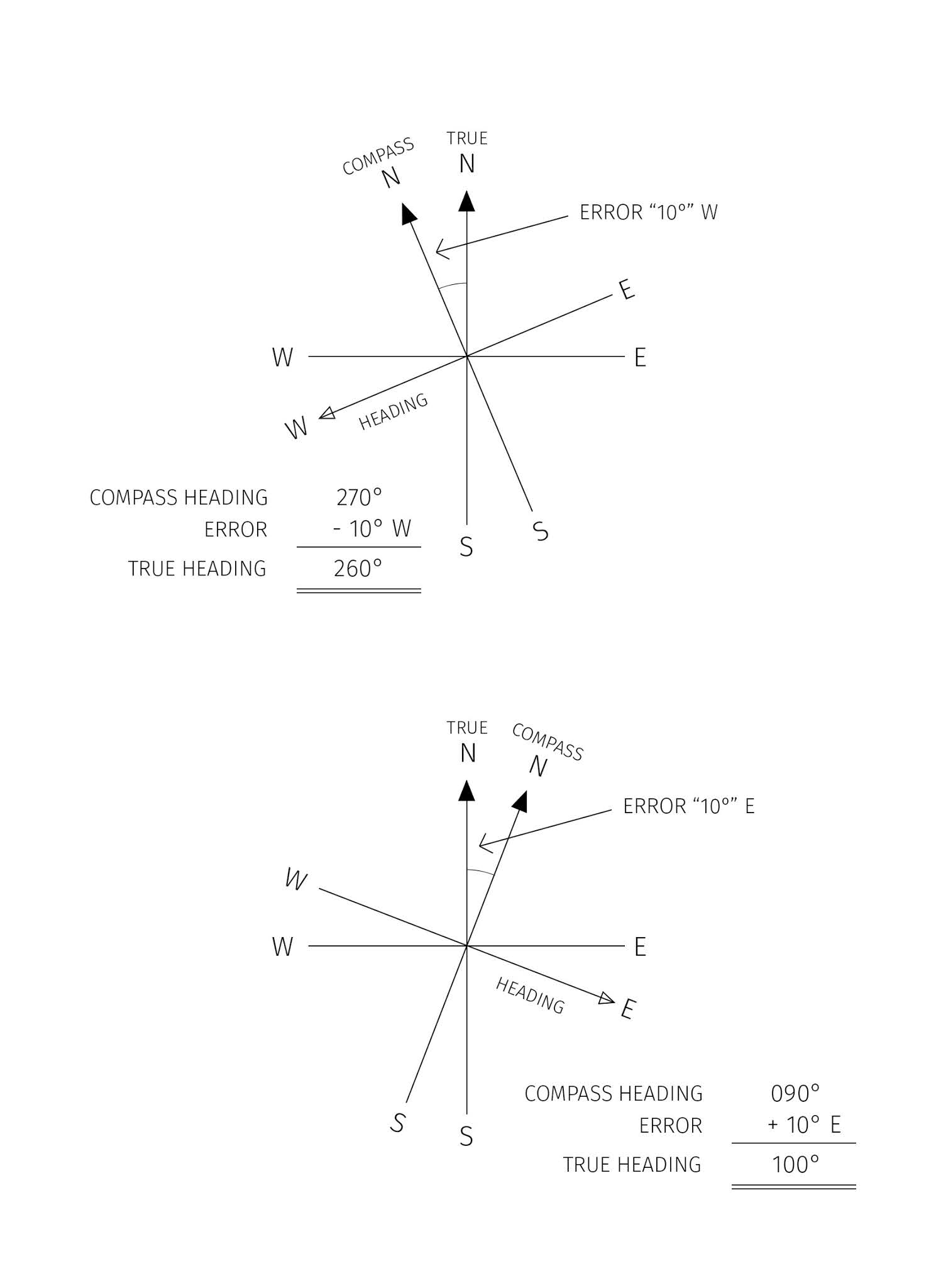In these days of cheap and reliable electronic aids to navigation, the magnetic compass tends to be largely ignored and relegated to the ‘back burner’.



I would actively discourage this attitude because the magnetic compass is the most ancient of our aids, and also the most dependable, having taken our forefathers around the globe for hundreds of years as their sole directional assistance. It possesses very few moving parts and requires no external power source. It will keep working when all else has failed.
It is worth taking some time to understand the functions of this instrument in order to gain a level of competence to use it to its best advantage.
A magnetic compass is basically nothing more than a magnetised needle which, if suspended or free to pivot will align itself with the earth’s magnetic field, providing a directional pointer towards magnetic north.
However, magnetic north is not true north, and lies, not at the geographical pole, but in a region of northern Canada. Thus we come to the first correction which must be applied, the difference between true and magnetic north, or Variation. - Variation is so-called for the simple reason that it varies from one part of the world to another.

A boat lying in a direct line with magnetic and true north will be in an area of nil variation. In contrast, a boat lying between magnetic and true north will experience 180 degrees of variation. These are the two extreme cases but serve to illustrate the necessity to know the variation for your cruising area.
The current UK value is 2 degrees west, but this also varies as the position of the magnetic pole is continuously, though very slowly changing. Two degrees would, therefore, need be subtracted from compass readings to obtain true – provided there were no other external forces at work - a very unlikely scenario in this world of electronic gadgetry. To say nothing of steel built boats which themselves produce unique magnetic qualities dependent to some degree on the direction they were lying while being built.
These boat induced differences are known as Deviation.
The deviation is unique to each individual boat, and it is crucial to be aware of its effect throughout the compass spectrum. The error will vary on each heading as the affecting line of force will attack the needle at varying angles. The use of electronic gadgets and, of course, the proximity of mobile phones can drastically affect the compass needle.
I am in no way advocating the employment of a compass adjuster. This would be rather a waste, as the external forces would vary with the use of gadgetry and proximity of other influences.
Also, most small boat compasses are graduated in 5-degree intervals making small corrections unviable. My own boat compass is situated to starboard, well off the centre line which induces an asymmetric deviation pattern. Large ships have the magnetic compass on the centre line, which gives a ‘sine curve’ deviation effect.
What I do wish to promote is a greater understanding of this time-honoured piece of kit, and strongly advise getting to know your own very individual compass and the effects the surrounding equipment has upon it.
When all else fails, the magnetic compass will continue to provide reassurance, and the better you know its functions, the more confident you will feel under pressure. A well-monitored compass, the mark one eyeball, and a good pair of binoculars go a long way to ensure a safe passage.
Error East – compass least | Error West – compass best

OR
CADET, from Compass ADd East for True



